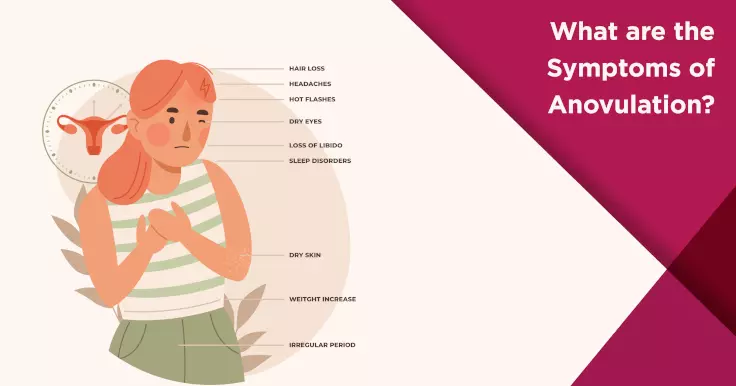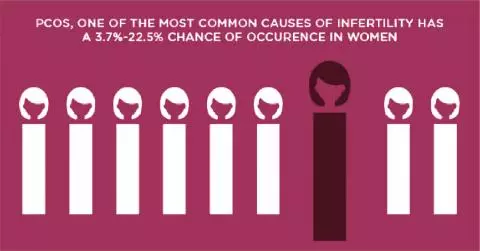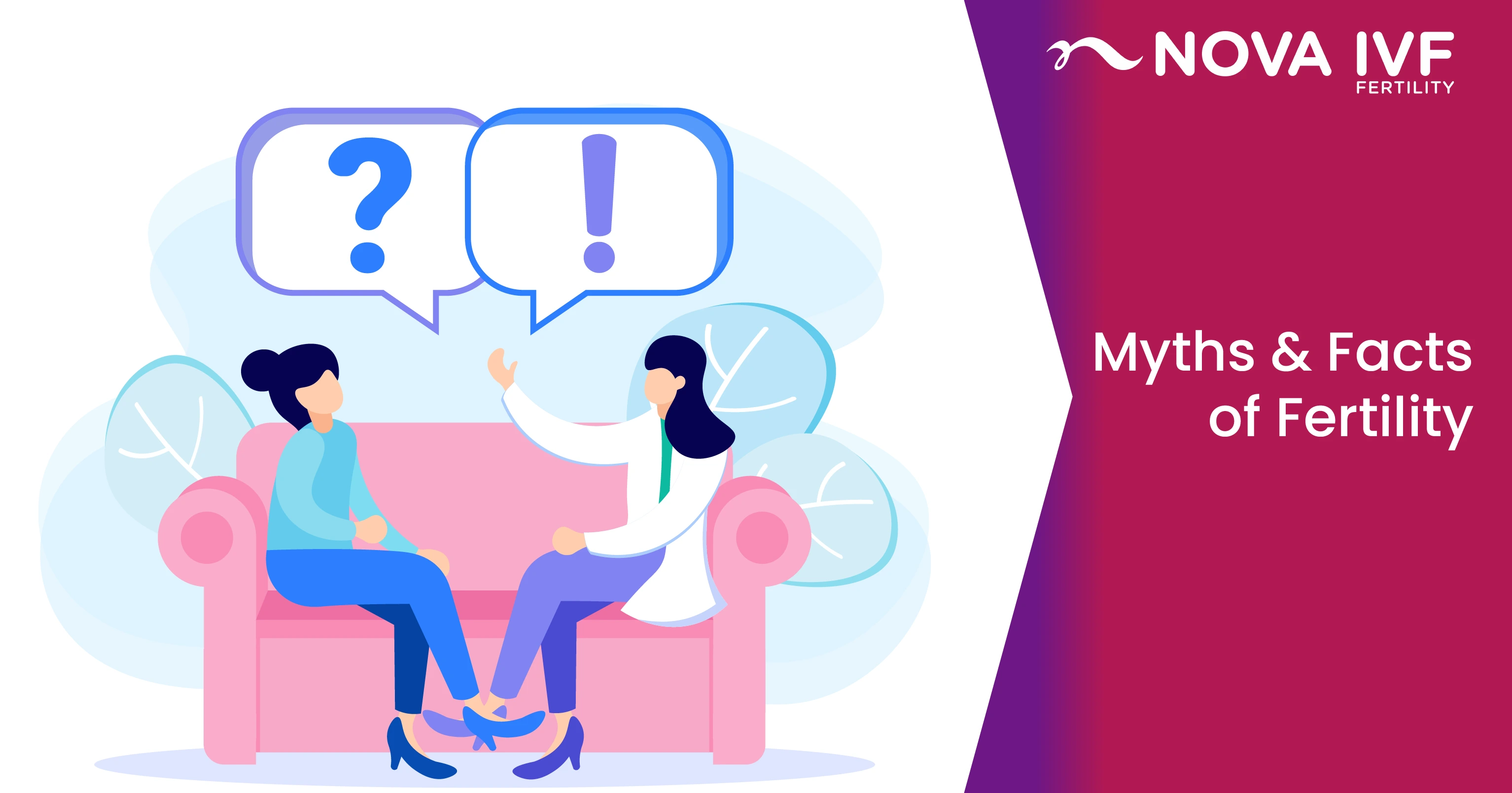Anovulation Symptoms: How to Identify It?

Anovulation happens when a woman does not ovulate in a menstrual cycle. Every woman goes through a phase of anovulation at some point in her life. During pregnancy, breastfeeding, menarche, and menopause, anovulation is bound to happen. But in some cases, women of reproductive age, experience chronic anovulation which can lead to infertility.
Obesity, underweight, hyperthyroidism, excessive exercising, stress, hyperprolactinemia, perimenopause, PCOS, etc. are some of the common reasons for anovulation in women. In this article, lets take a close look at the anovulation symptoms.
What are Anovulation Symptoms
Common signs of anovulation include:
Amenorrhea
The absence of menstruation is known as amenorrhea. Around 20% of women experience no periods due to ovulatory dysfunction.
Irregular Menstruation
Women with anovulation experience irregular periods as well as bleeding. In some cases, periods will be more than 35 days apart and with infrequent and light spotting.
Lack of Ovulation Symptoms
One may not display ovulation symptoms in an anovulatory cycle. During the mid-cycle due to high levels of progesterone, women experience mastodynia or sore and tender breast, a noticeable shift in basal body temperature and egg white cervical mucus. Women with this condition may not experience all or some of these ovulation symptoms.
Silent Ovulation
Sometimes, even in an anovulatory cycle, women may have regular periods. This is known as silent ovulation. In this case, the anovulation is not chronic and does not happen in every menstrual cycle.
 Infertility Counselling
Infertility Counselling Female Infertility Treatment
Female Infertility Treatment Andrology Treatment
Andrology Treatment Fertility Enhancing Surgeries - Female
Fertility Enhancing Surgeries - Female Fertility Enhancing Surgeries - Male
Fertility Enhancing Surgeries - Male Endoscopy Treatment
Endoscopy Treatment IUI Treatment
IUI Treatment IVF Treatment
IVF Treatment ICSI Treatment
ICSI Treatment Advanced IVF Solutions
Advanced IVF Solutions Embryology
Embryology Vitrification Egg, Embryo, Sperm Freezing
Vitrification Egg, Embryo, Sperm Freezing Preimplantation Genetic Testing (PGT)
Preimplantation Genetic Testing (PGT) Donation Program Embryo / Egg / Sperm
Donation Program Embryo / Egg / Sperm












